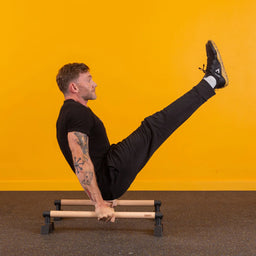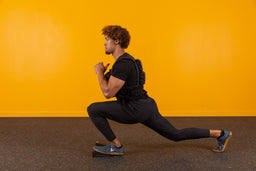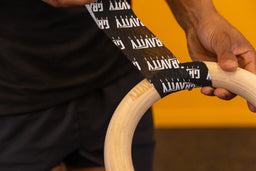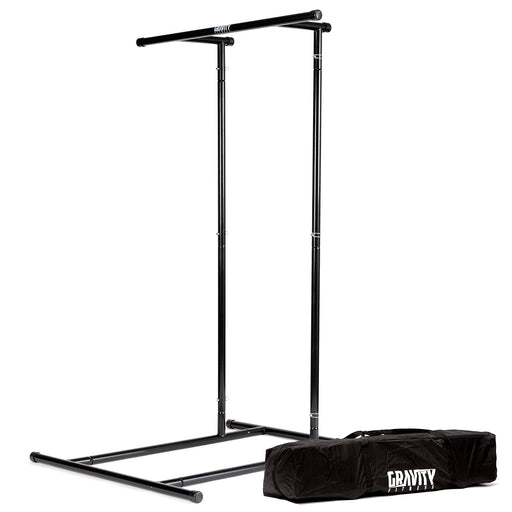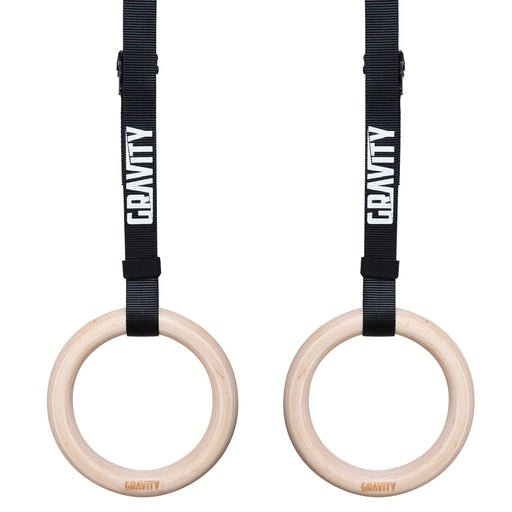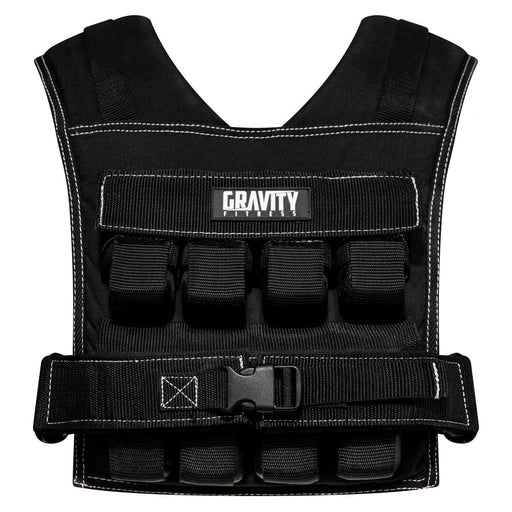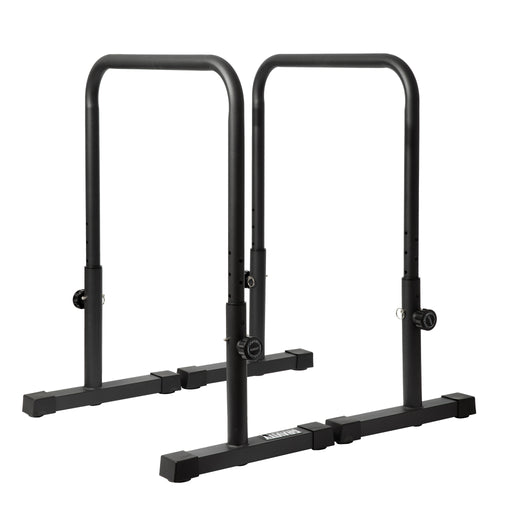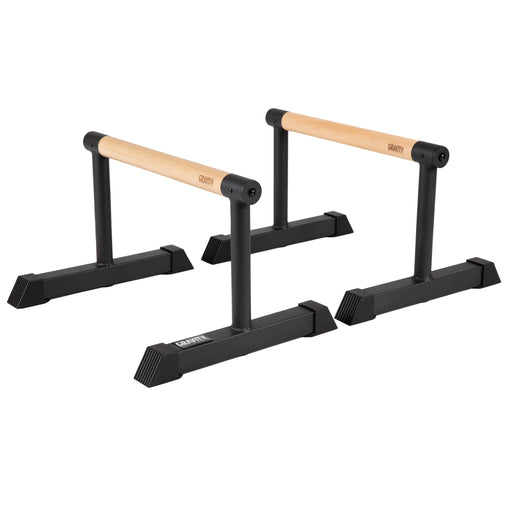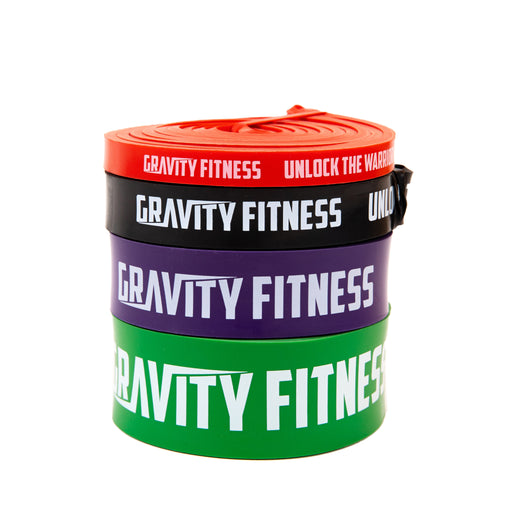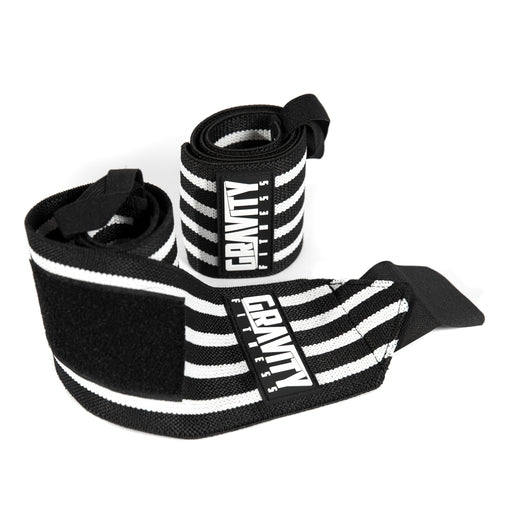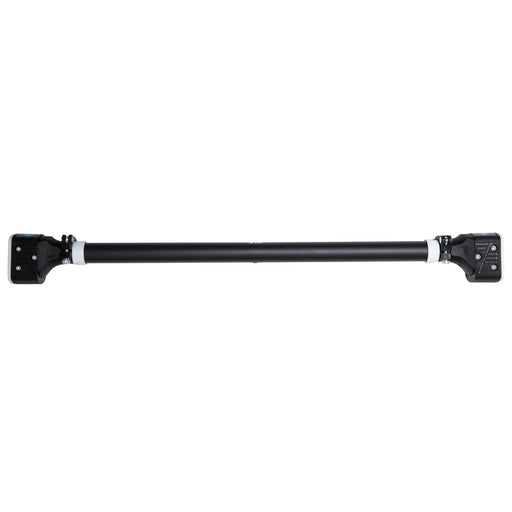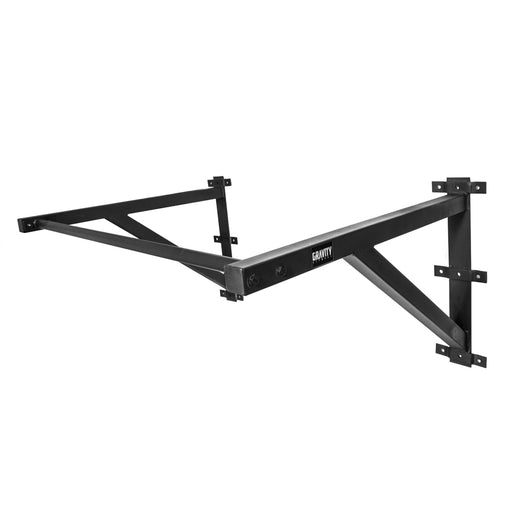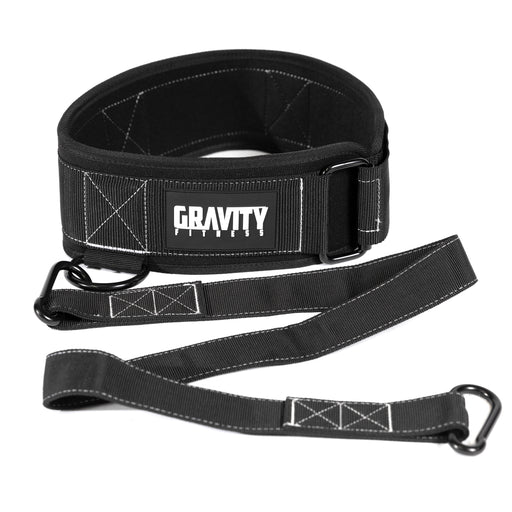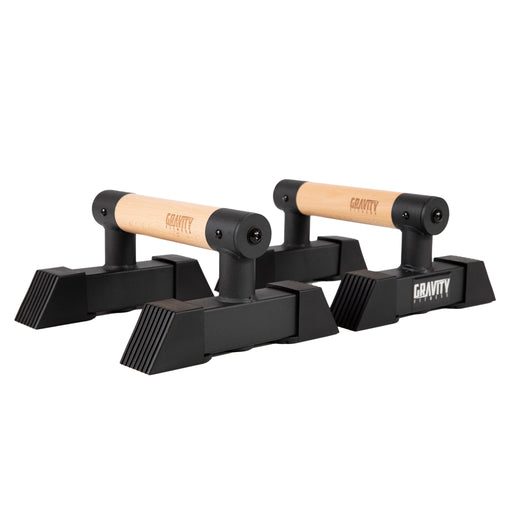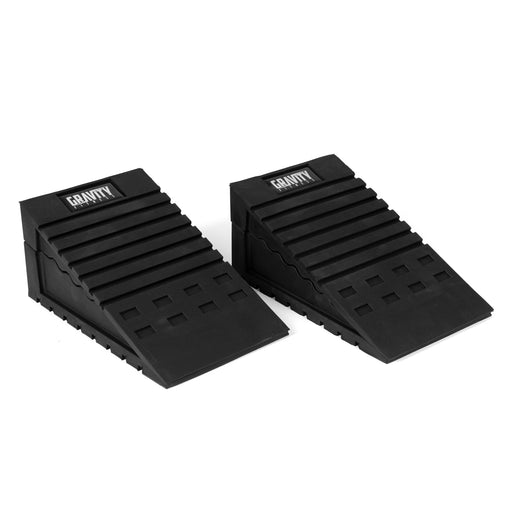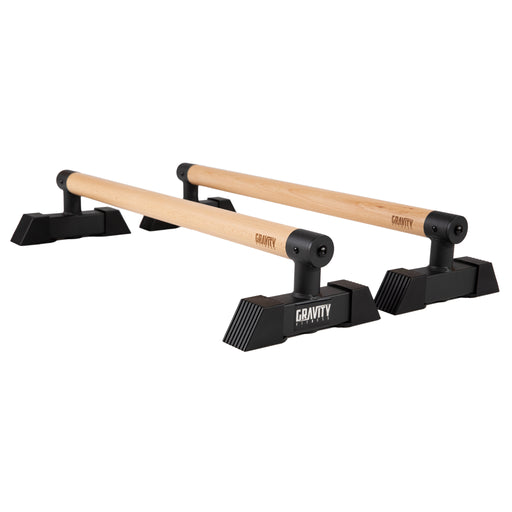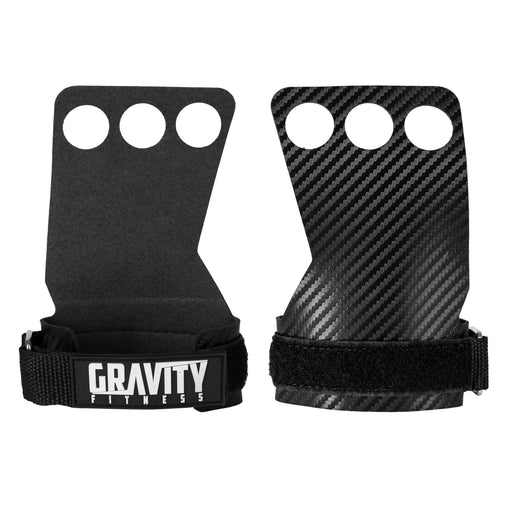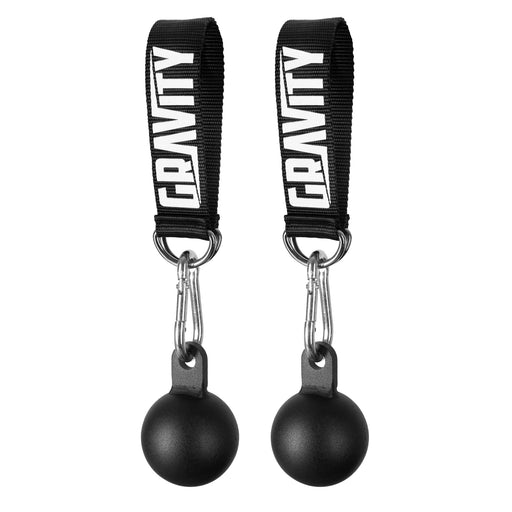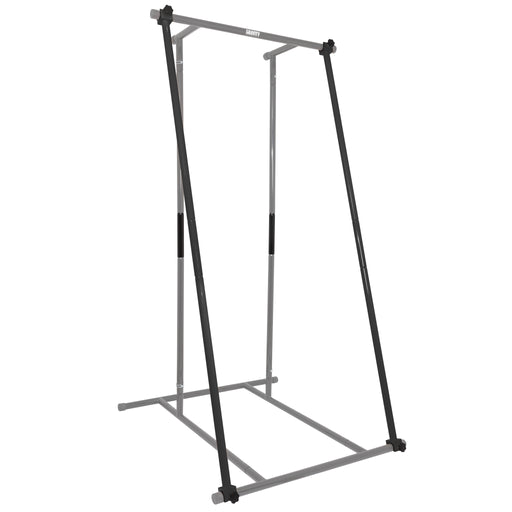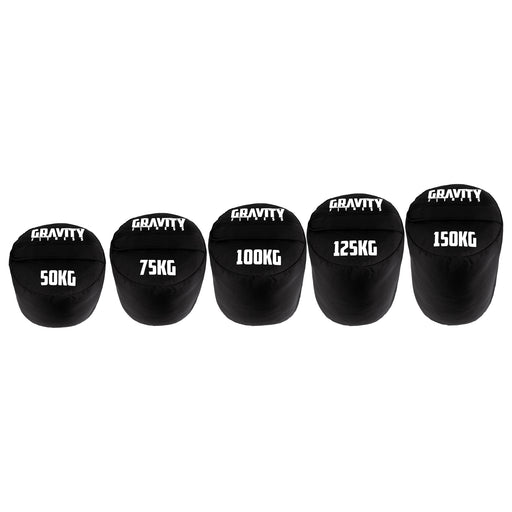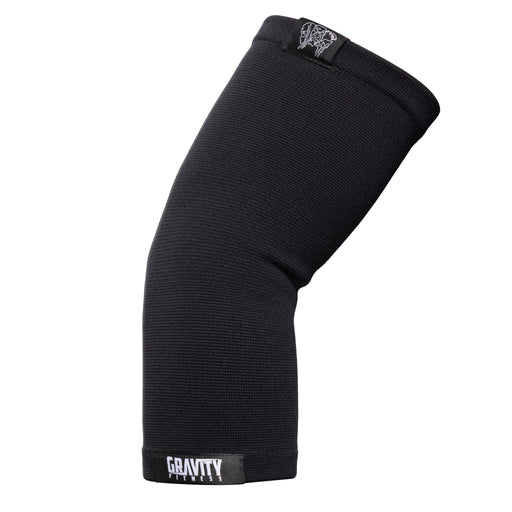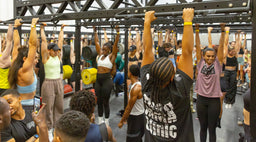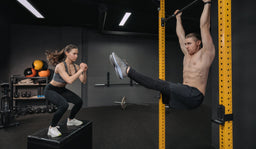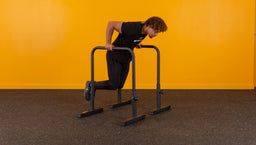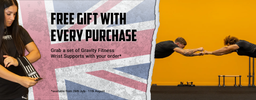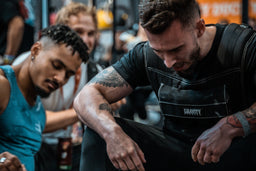
The Raw Origins of Calisthenics: Grit, Freedom, and Human Movement
Calisthenics is having a moment. From TikTok trends to sculpted torsos on outdoor bars in Barcelona, bodyweight training is everywhere. But this isn’t some new-age fitness fad. Long before slick Instagram reels and polished park setups, calisthenics was survival. It was a rebellion. It was transformation through movement when nothing else was available.
To understand the soul of calisthenics, you have to go back, not just decades, but centuries. Because this form of training doesn’t belong to any single culture or trend. It belongs to all of us. And it started, like all great movements do, with grit.
Ancient Roots, Simple Truths
The word “calisthenics” comes from the Greek words kallos (beauty) and sthenos (strength). Ancient Greeks practised bodyweight training to prepare for battle, build athleticism, and honour the ideal of a strong, balanced body. Think Spartan warriors, Olympic athletes, and philosophers who trained both body and mind.
But even before the Greeks formalised it, humans have always used their own bodies to become stronger. Squatting, climbing, crawling, pushing—these are primal movements, wired into us for survival. We weren’t born with barbells, but we were born to move.
That’s the beauty of calisthenics. It’s not confined to four walls or dependent on expensive gear. It's the most democratic form of strength. If you have a body, you have a gym.
The Underground Rise: Prison Yards and Pioneers
Fast forward a few millennia, and calisthenics took on a new form in some of the harshest, most unforgiving environments on earth. The prison yard.
Inmates didn’t have access to equipment. No squat racks, no cable machines. But they had time. And bars. And the need for discipline, control, and strength, not just physical, but mental.
Prison-style calisthenics wasn’t about aesthetics. It was about identity. It was about surviving in a place designed to strip you of your humanity. Push-ups, dips, pull-ups, muscle-ups, done daily, obsessively, with ruthless intent. Strength was power. And mastering your body was one of the only ways to reclaim autonomy.
Books like Convict Conditioning and stories from places like Rikers Island and San Quentin began to shed light on this underground training culture. The routines were raw, the progressions were strict, and the results were undeniable.
These men weren’t training for beach bodies. They were training to control their environment. To control themselves. And in doing so, they laid the blueprint for much of the modern calisthenics movement.
From the Margins to the Mainstream
In the early 2000s, a group of street athletes in New York started filming their workouts on playground bars. Muscle-ups. Human flags. Gravity-defying levers. They called it freestyle calisthenics, and it exploded. YouTube picked it up. Then Instagram. Suddenly, what started in prison yards and back alleys was being reimagined on playgrounds and rooftop gyms around the world.
Groups like BarStarzz and the Kavadlo brothers brought bodyweight mastery to the public eye. They made strength look fun. Rebellious. Free. And for a generation burned out by commercial gyms and overpriced memberships, that mattered.
You didn’t need a trainer. You didn’t need machines. Just a pull-up bar, some space to move, and the willingness to show up and do the work.
We Were There Before It Was Cool
Back in late 2015, when most people couldn’t even pronounce “calisthenics,” we were sketching out the early concept for Gravity Fitness. By early 2016, we launched. At the time, bodyweight training was still seen as fringe, underground, raw, and misunderstood.
But we saw the bigger picture. We knew it was only a matter of time before the world caught on.
Because this way of training works. It’s accessible. It’s honest. And once you get hooked, it changes the way you think about movement forever.
Nearly a decade later, we’ve watched the calisthenics movement explode into mainstream consciousness. Pull-up bars in parks. Parallettes in garages. Weighted vest workouts in fields, car parks, and bedrooms. The world is finally catching up, and it’s getting the recognition it always deserved.
The Deeper Appeal: Freedom Over Flash
Calisthenics grew because it offered something deeper than aesthetics. It offered freedom.
You weren’t locked into a machine’s range of motion. You didn’t need to pay to access a squat rack. You could train in a park, on the beach, in your garage, or in a stairwell. Your body became your resistance. Your mind became your coach.
There’s a different kind of pride that comes from earning your first strict pull-up or holding a crow pose. It’s not about how much weight you can move. It’s about how much of yourself you can control.
Calisthenics strips things back. It exposes your weaknesses, but it also gives you the tools to fix them. Your shoulders don’t lie in a handstand. Your core doesn’t hide in an L-sit. You can’t fake a full range pistol squat. You either can or you can’t. And if you can’t, you work for it.
That’s why it’s so addictive. Because progress is pure.
Why did we choose Calisthenics?
At Gravity Fitness, this is the core of everything we do. We don’t care how many plates you load up on a leg press. We care whether you can move your own body with strength, control, and intention.
We built our gear to support this kind of training. The kind that doesn’t need a gym. The kind that works in real life, not just under fluorescent lights.
Our Parallettes, pull-up stations, dip bars, and weighted vests. They’re all made to help you master your own body. Not someone else’s program. Not a fitness trend. Just you, your goals, and gravity.
Because when you strip away the noise, that’s all you really need.
Calisthenics Isn’t for Everyone. That’s the Point
This style of training isn’t for people who want easy wins. It’s for people who want real progress. It’s for people who show up when no one’s watching.
Whether you’re doing push-ups in your bedroom or muscle-ups in the park, calisthenics teaches you something most workouts don’t—ownership. You own the process. You own your body. You own your limits and your growth.
That’s why it’s never really been about trends. From ancient warriors to inmates, street athletes to weekend warriors, calisthenics has always attracted a certain type of person.
Someone who wants more from their training than a mirror selfie. Someone who knows that the body is just the beginning.
Final Word
Calisthenics didn’t come from glossy studios or celebrity trainers. It came from necessity. From history. From struggle. And that’s what makes it powerful.
It’s training for real life. For real bodies. For real strength.
At Gravity, we believed in this movement before it was cool. And we’re still here for it—louder, prouder, and more committed than ever.
So next time you drop into a set of push-ups or hang from a bar, remember—you’re part of something bigger. Something raw, honest, and undeniably human.
This is calisthenics. This is movement. This is freedom.












